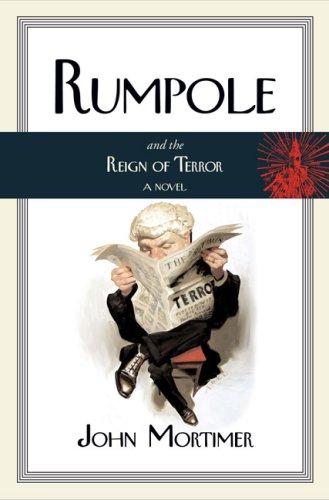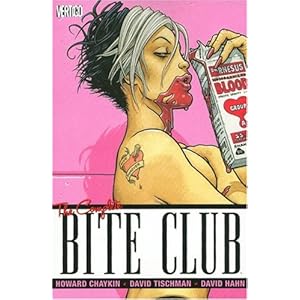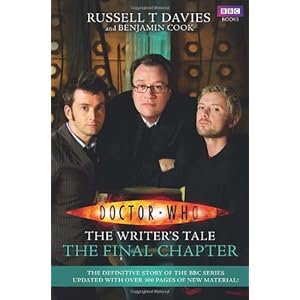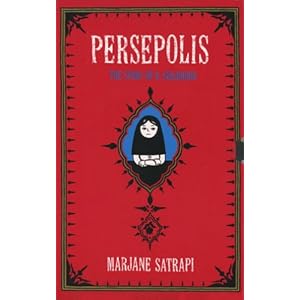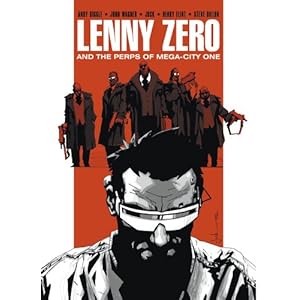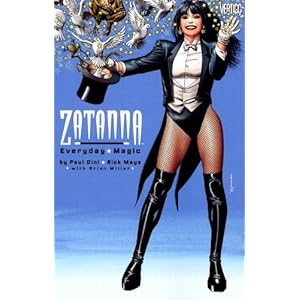What I try to do with reviews at this Bookshelf blog is keep it simple and spoiler-free, and let you know whether I'd recommend you pick up a copy of what I just read. Seems to work okay. This time, a brief review of
The Attenbury Emeralds (Hoddard & Stoughton, 2010).

I used to keep a blog about Lord Peter Wimsey, but it turned into work. A chore without pay.
Reading Dorothy L. Sayers' novels and stories have always been just about the greatest pleasure imaginable -
Gaudy Night, firmly, is my favorite novel of the 20th Century - but I didn't enjoy keeping that blog, and shelved it, and let the books rest for a while longer.
Eventually, happily, my wife finally picked up the first book and started reading. I returned the later Sayers books to my own reading pile to refresh my memory of things so that we could discuss them. I fell in love again so much that I decided to give the fanfic of Jill Paton Walsh another try. When
Thrones, Dominations was released in the nineties, I read it without enthusiasm, appreciating the effort but not able to embrace it. I never picked up the second continuation,
A Presumption of Death. Each of these were built from, rather than being based on, existing material - an unfinished novel and some magazine articles about how the Wimseys were coping with the war - and it is perhaps discordant and rude of me to use a word as dismissive as "fanfic" to describe Walsh's very hard work, but that's just how I perceive it.
Thing is, though, I love Peter and Harriet so much that, as I reread
Have His Carcase and
Murder Must Advertise to discuss them with my wife, and we watched the BBC adaptations together, I found myself not only willing to give Walsh another try, but excited.
Thrones, Dominations was much improved after collecting dust for so long on my shelf, while
A Presumption of Death felt a little long-winded and didn't really inspire either of us to talk much about it. I ordered
The Attenbury Emeralds, but
Presumption didn't leave me very optimistic. Fortunately, I was very pleasantly surprised.
Set in 1951, with Peter now a striking sixty years old(!), it's a story that begins with Peter telling Harriet the story of his first case, in 1921, eight years before they met. As a personal aside, Walsh chose, unwittingly, to debunk my own theory, unfounded, that Peter had met his close friend, and future brother-in-law, Charles Parker while Peter was still engaged to a woman named Barbara, based on the familiarity with which the two speak of her in
Clouds of Witness. One must, grudgingly, concede that Walsh is almost certainly correct, and that Barbara had to be history before Peter had any reason to ever meet Charles. Peter was still yammering about her in 1926, seven years after she dumped him, because that is simply what men, unguarded, will do. The silly ass waited around for Harriet for six years, so we should know full well he lets his romantic fantasies lead him through heartbreak, no matter how long it takes.
Anyway, Peter brings up this first case after they read of the death of Lord Attenbury, whose prized emeralds vanished during an engagement party. The complex story takes quite some time to tell, and when that adventure had concluded, Peter had found his standing and command, and was mostly over the shellshock that had laid him low for most of his first two years back from the war. But there is still a great deal more book to cover, as Attenbury's heir turns up with a curious problem. He needs to sell the emerald, which is stored in a bank, to cover the very high death duties set in place by the government after World War Two, but the bank will not return it, as they have been told that Attenbury was not the actual owner.
As with the best of Sayers novels, the actual detective fiction is equally important to the development of the characters and the very keen sense of social observation. I do regret that Walsh did not take the opportunity to write further adventures set during wartime rather than skipping so far ahead, but this allows her to really get into the disintegration of the aristocracy, its sons and heirs killed in action and the survivors hit with crippling, estate-shattering death duties and the subsequent changing social strata.
Peter and Bunter's relationship is an anachronism in 1951, and events within the family - which, incidentally, absolutely blindsided me - put further strain on their place in the bold new world of the 1950s. Getting to the bottom of the curiosity of the emeralds, and identifying the series of accidents that have been plaguing the family for thirty years as murders, is exciting on one level and might have made for a good read; wondering what will happen next to the Wimseys makes for a spectacular one. Recommended with pleasure, and the hopes of more to come.
(In a
perfect world, of course, based on how she handled Peter's fantastic cameo in
A Letter of Mary, Laurie King would be writing stories of the 1920s Peter, while Walsh continued in the 1950s. And we would have one novel from each writer in alternating years. And ponies. And ice cream wouldn't make us fat.)




